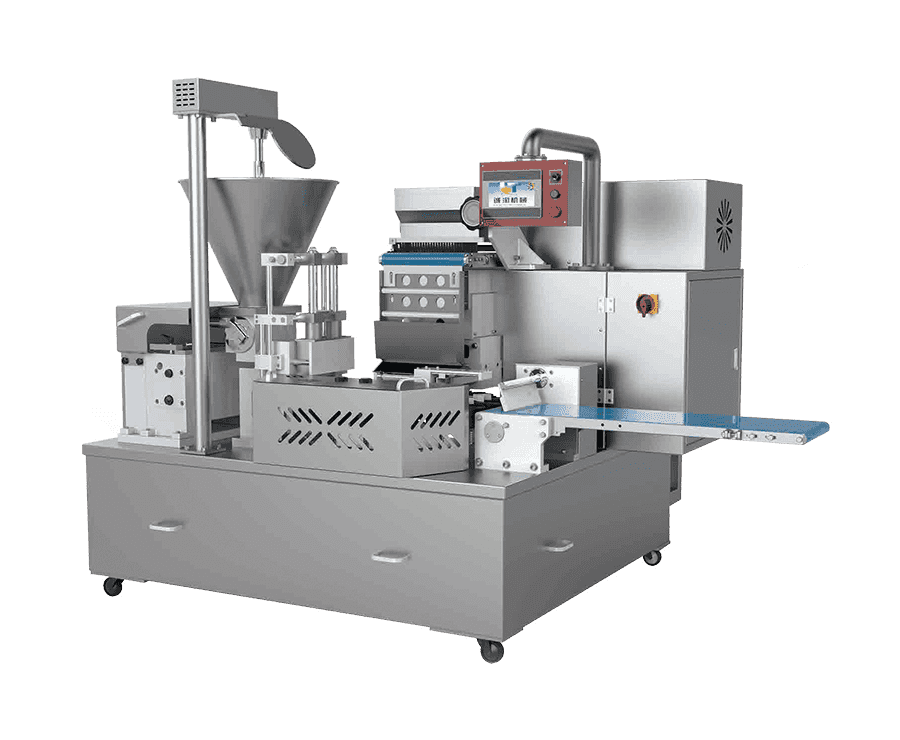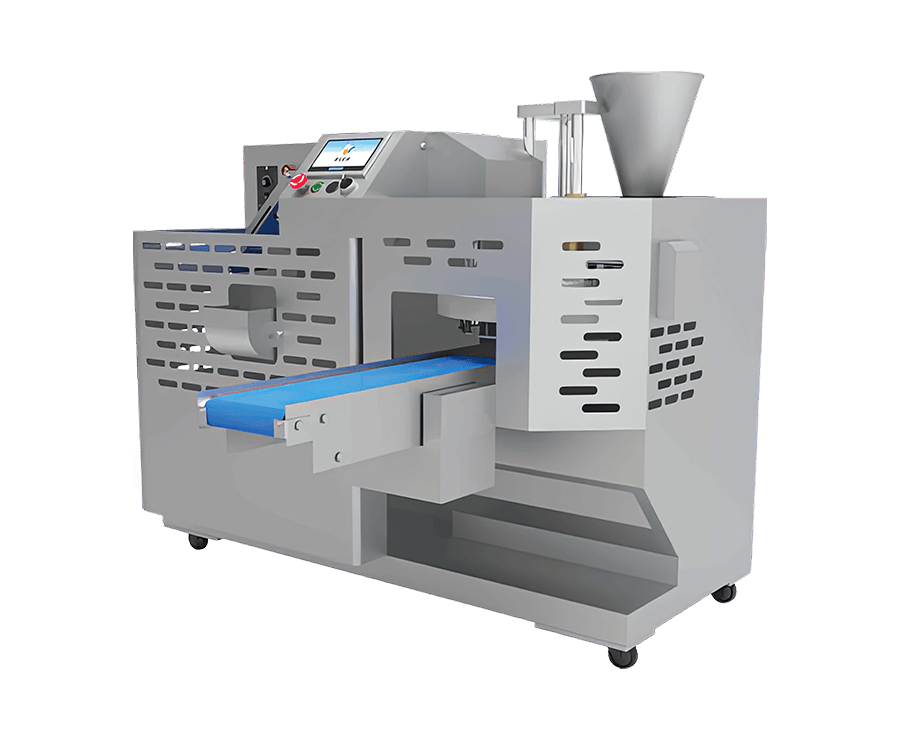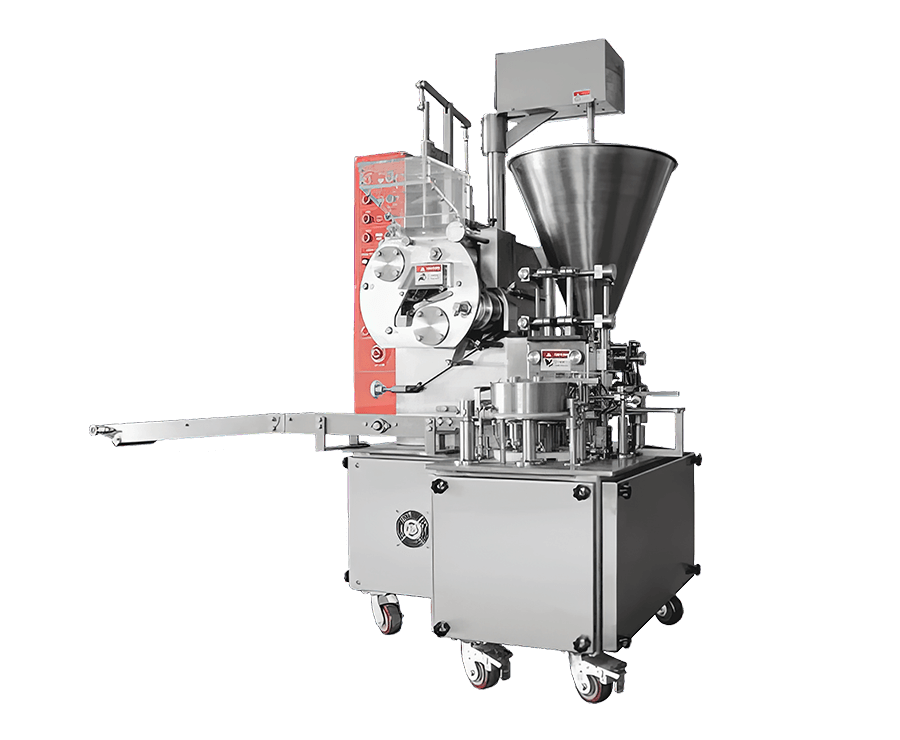Automatic Wonton Machine Design: Innovation, Functionality & Industrial Applications
In the global food industry, efficiency, consistency, and scalability are key factors for success. Traditional hand-making of wontons—while authentic—requires significant labor, time, and skill. To meet the rising demand for dumpling-based products in both restaurants and large-scale production facilities, automatic wonton machines have become indispensable. These machines combine precision engineering with food-grade design principles to produce high volumes of uniform, high-quality wontons.
The Evolution of Wonton Machine Design
Historically, wontons were handmade, each fold a mark of cultural tradition. However, as globalization fueled demand, manufacturers needed a way to automate the process without compromising texture and authenticity. Early machines were simple dough sheeters paired with filling injectors, but today’s designs integrate AI-assisted controls, servo-driven motors, and modular tooling to replicate human craftsmanship at industrial speed.
Core Components of an Automatic Wonton Machine
A well-designed wonton machine integrates multiple functions into a continuous workflow:
Dough Sheet Forming System
Uses rollers to flatten dough into thin, uniform sheets.
Adjustable thickness ensures adaptability to regional styles (thin for Cantonese wontons, thicker for Northern Chinese dumplings).
Filling Dispensing Mechanism
Precision pumps or auger feeders deposit consistent portions of meat, seafood, or vegetable fillings.
Controlled by sensors to prevent overfilling and leakage.
Folding & Shaping Unit
Mechanical arms or molds replicate traditional folding styles.
Some machines allow interchangeable molds to create various dumpling shapes beyond wontons (gyoza, samosas, pierogi).
Cutting & Sealing System
Ensures edges are firmly sealed to prevent bursting during boiling or frying.
Can use heat, pressure, or ultrasonic sealing depending on the manufacturer’s design.
Automation & Control Panel
PLC (Programmable Logic Controller) with touchscreen interface.
Operators can adjust speed, filling volume, dough thickness, and output count.
Key Design Considerations
When developing or selecting a wonton machine, manufacturers prioritize:
Food Safety Compliance: Stainless steel 304/316 construction, easy disassembly for cleaning, and HACCP standards.
Versatility: Ability to produce multiple dumpling types without requiring a full machine replacement.
Compactness vs. Capacity: Smaller countertop units for restaurants vs. large conveyor-based systems for factories.
Energy Efficiency: Servo motors and smart sensors reduce waste and power consumption.
Consistency: Uniform output ensures even cooking, vital for both taste and appearance.
Benefits of Automatic Wonton Machines
Labor Savings: Reduces reliance on skilled manual workers.
High Throughput: Industrial machines can produce thousands of wontons per hour.
Customization: Adjustable size, shape, and filling recipes.
Product Standardization: Ensures brand consistency across large-scale distribution.
Future Trends in Wonton Machine Design
AI & Vision Systems: To detect defects and improve folding accuracy.
Robotic Integration: Flexible robotic arms for even more natural folding styles.
IoT Connectivity: Remote monitoring and predictive maintenance through smart factory systems.
Sustainable Materials: Development of machines that use less energy and minimize dough/filling waste.
Conclusion
The design of automatic wonton machines represents the intersection of culinary tradition and industrial innovation. By combining mechanical precision with food-grade engineering, these machines allow businesses—from small restaurants to global frozen food manufacturers—to scale production while maintaining product quality. As automation advances, the future of wonton machine design promises even greater efficiency, versatility, and authenticity

 English
English Español
Español Français
Français русский
русский عربى
عربى






Contact Us